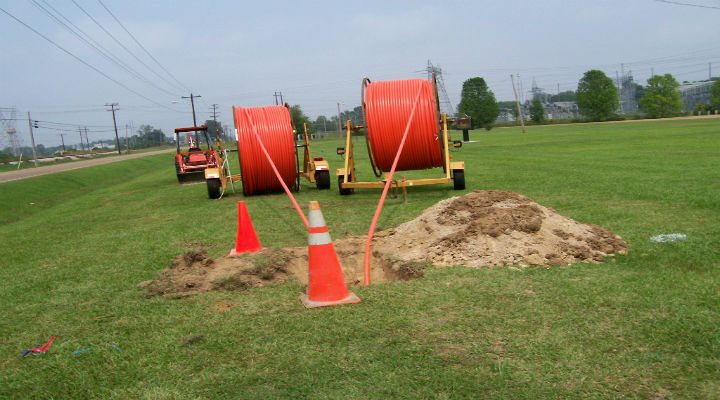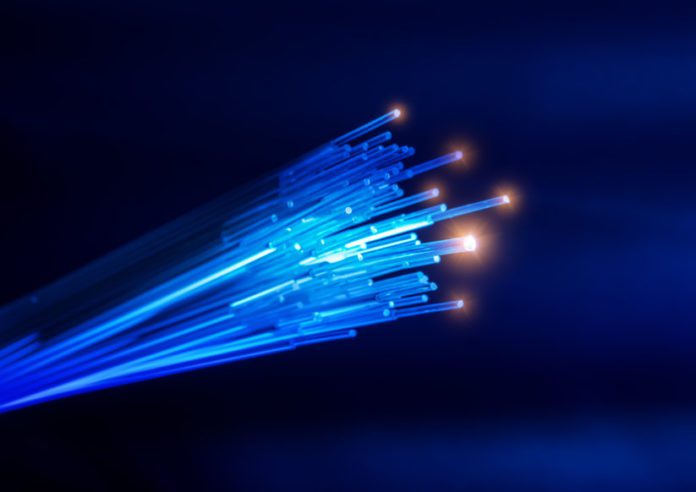2024 was a record year in fiber expansion with 13% growth in homes passed, says FBA report on fiber deployment costs
As telecom carriers seek to expand their fiber access and fiber customers, either through expanded build-out plans or joint ventures, the Fiber Broadband Association has published a new assessment looking at fiber deployment costs.
“Fiber remains the leading preference by states for telecommunications investments across the country due to its reliability, low-latency, and scalability. Studying the cost of fiber deployment over time is critical to our understanding of the value of our investments in broadband,” said Deborah Kish, VP of research and workforce development for the Fiber Broadband Association. She added that the cost report “serves as a benchmark for the industry and for policymakers to chart an affordable path to deploying reliable, long-lasting fiber networks that reach the greatest number of Americans.”
The data is based work from firm Cartesian to gather cost-related information from network operators and contractors in October and November 2024. The projects involved were distributed about 32 states.
Here are five key takeaways from the report (which is available here.)
–Fiber growth was fast in 2024, and expected to continue in 2025. 2024 was a record year for fiber expansion, with homes passed increasing by 8.4 million or 13%, according to the Cartesian report. Through a combination of federal and state funding plus private capital, Michael Dargue, VP at Cartesian, said: “We expect 2025 to be another record deployment year for fiber despite rising costs across the broadband industry.”
–Deployment costs are generally going up. Fiber deployments are certainly not immune to inflation pressures. The FBA report looked at costs for deployment of underground fiber and aerial fiber, with underground being more common even though it is more expensive.
Median underground deployment costs were 12% higher than the previous year, at $18.25 per foot for labor and materials costs (the study did not include make-ready costs). Aerial fiber deployment cost, meanwhile, only increased about 1%, up to $6.55 per foot from $6.49 per foot.

Interestingly, though, the FBA also found some differences across the range of fiber deployment prices. Underground deployments per-foot costs ranged from less than $5 per foot to $50 per foot, with typical costs at $10-$27 per foot. Aerial fiber deployment costs fell in a range between $3-$30 per foot, with typical costs of $5-$14 per foot.
At the lower end of the range, the FBA report said that 2024 costs were similar to 2023, and underground deployment even saw a small year-on-year decrease. However, at the upper end of the reported cost range, both underground and aerial deployment costs were up, and aerial actually saw the greatest increase.
–Cost increases in 2025 are expected to be smaller than last year. “The expectation going into 2025 is that this may cool down slightly,” according to the report.
Among respondents to the research survey, only 25% expected to see fiber deployment costs jump more than 10% in 2025, compared to 41% of them seeing that level of increase in 2024.
Among the cost contributions on make-ready costs: FBA said that as some utility pole owners begin their own fiber deployments, they are increasing the costs for those who also use their poles, and some respondents said that permitting costs are going up becaus local governments are seeing increased demand for permits.
–Labor is the biggest piece of deployment costs. This isn’t a surprise, but the FBA report puts some helpful real-world ranges on labor costs, concluding that labor accounts for between 60-80% of deployment costs. The median labor cost for underground fiber deployment was $13 per foot. Aerial fiber deployment costs were $4 per foot at the median. Outsourced labor cost twice as much as internal labor, according to the report.
–Permits are taking longer. According to the report, survey respondents who are building networks said that they are seeing longer delays in getting permits for fiber deployments. Long permitting and lead times are sometimes even leading to switches between aerial versus underground construction, the report noted.

